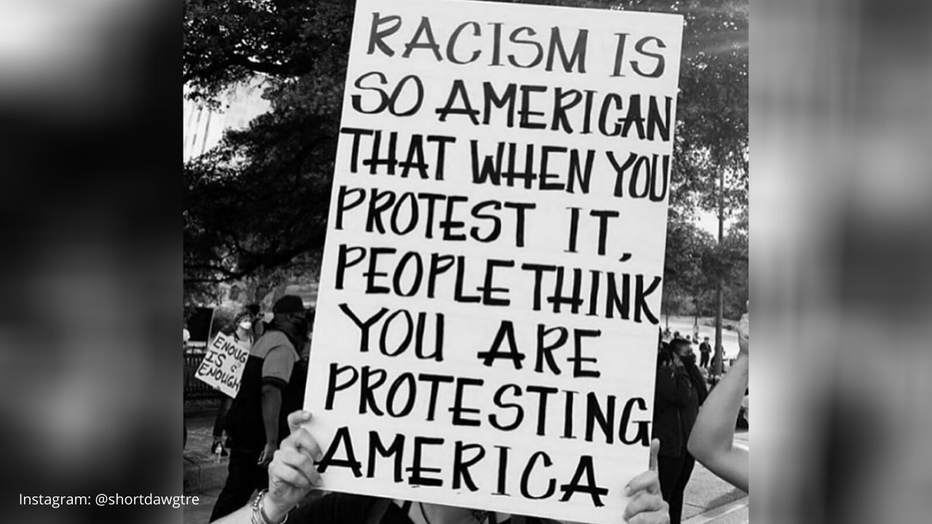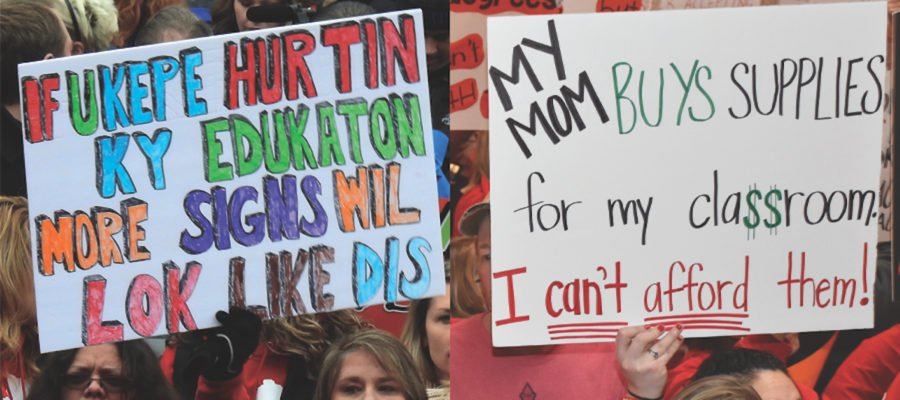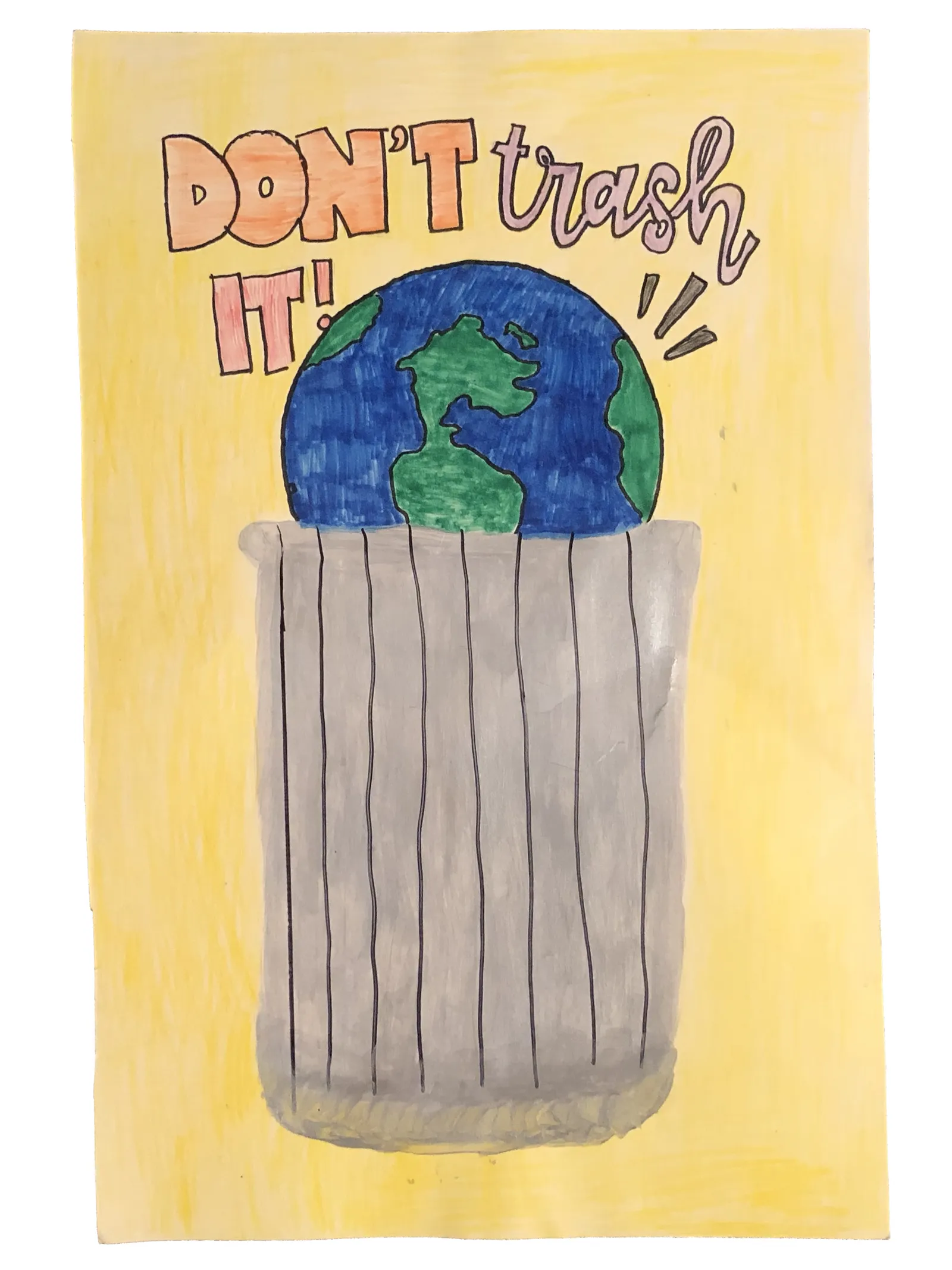Course Description
U.S. Revolutionary Poetics: The Art of Resistance explores the intersection of poetry and social change, considering how poets throughout history have wielded language as a tool for resistance, liberation, and revolution. This six-week course examines various forms of poetry from a range of social movements, linguistic strategies, songwriting, visual art, and the role of identity in shaping artistic expression. Students will analyze works by renowned poets whose work has come from or been proliferated by social movements and engage in creative workshops to hone their own artistic voice as agents of change. Through critical inquiry, creative exploration, and collaborative discussion, participants will deepen their understanding of the transformative power of poetry and other art forms in challenging dominant narratives, amplifying marginalized voices, and envisioning alternative futures. This course is designed for students passionate about poetry, art, activism, and social justice, seeking to discover the expansive power of poetry to provide hope and engage with, resist, and re-imagine the pressing issues of our time.
Course Format
We will meet once weekly and each class will be structured around lecture, discussion of assigned readings, in-class writing activities, creative workshops, and student presentations.
Assessment
Students will submit a total of five (5) critical analyses, reflections, or original poems inspired by the assigned readings each week. As this course only meets six times, attendance is expected and active participation in each class will be part of student assessment and success in the course. Each student will submit one poem for workshop during our course. Students will complete a project requiring them to re-frame their own resistance poem into protest art, generating a protest sign/poster, a social media post, a song, or a video and present to the class on our last day.
For their final project, students will select one U.S. social movement and write a six-page paper analyzing the art which came from or was/is associated with their selected movement. This project will require research, proper citations, and critical analysis of the role poetry and other art forms played in movement building. Students will consider the staying power of resistance art and how successive social movements have drawn from art inspired by previous movements (e.g.; What artistic remnants from the Civil Rights Movement have been used by the Black Lives Matter movement? How has poetry and art from Feminist movements been highlighted by modern Reproductive Justice movements?).
Assessment structure:
Attendance & Participation: 20%
5 Critical Analyses/Responses to assigned readings: 20%
Protest art: 10%
Poetry packet: 20%
Final paper: 30%
Required Book List
Don't Call Us Dead | Danez Smith
Post Colonial Love Poem | Natalie Diaz
SOS: Poems 1961-2013 | Amiri Baraka
The Dream of a Common Language | Adrienne Rich
Collected Poems: 1947-1997 | Allen Ginsberg
Citizen: An American Lyric | Claudia Rankine
Your Silence Will Not Protect You | Audre Lorde
Promise That You Will Sing About Me: The Power and Poetry of Kendrick Lamar | Miles Marshall Lewis
*additional readings and materials will be provided
These texts have been selected to highlight diverse American poets from the past century whose work has made significant contributions to social movements such as the Civil Rights movement, Black Lives Matter, Gay Liberation, Indigenous Rights, Anti-War movements, and Feminist Movements. In addition to books of poetry, we will consider how U.S. cultural criticism and politically charged music uplift marginalized populations and give language to their resistance.
Course Outcomes
Students will reflect on and answer the question, Does poetry have the power to affect change? How can written words be amplified to reach a broader audience? Do social movements need poetry and other art forms?
Course Schedule
Week 1: Introduction to Revolutionary Poetics
This week will introduce our course objectives and provide an overview of the function of revolutionary poetics in raising awareness, inspiring action, documenting struggles, making the unseen visible, and refusing to be silent in the face of oppression and struggle.
Before class, students will have read a selection of poems from various poets that will be provided in an introductory email one week before our course begins, curated by Poetry Foundation (link to poems here: https://www.poetryfoundation.org/collections/101581/poems-of-protest-resistance-and-empowerment). They will also source and select one poem of their choosing, not already included in the selected poems from the link provided, that speaks to or came out of any U.S. social movement. They can bring a printed copy of the poem and plan to read it aloud, or they can provide a link to the poet reading or performing their own piece.
I. Raising Our Voice: The role of spoken word poetry in movement building.
We will watch a series of spoken word poetry performances and students will be instructed to take note of standout lines, whether the spoken word performance has a greater impact than reading the poem on the page and why.
Elizabeth Acevedo: An Open Letter to the Protestors Outside the Planned Parenthood
Aja Monet: Dark Matter
Olivia Gatwood: Alternate Universe In Which I Am Unfazed By the Men Who Do Not Love Me
Ethan Smith: A Letter To the Girl I Used To Be
Kyle "Guante" Tran Myhre: Ten Responses To the Phrase 'Man Up'
Gil Scott-Heron: Revolution Will Not Be Televised
Halsey: NYC Women's March Poem about Sexual Violence
Questions for discussion after watching spoken word videos together:
Which poems or performances had the greatest impact on you and why?
What is different about hearing a poem performed from reading the words on the page?
What do you feel is lost when listening to a poem rather than reading it?
Next, students will share the poems they selected before class and share briefly about why they chose the poem.
II. On the page: Turning up the volume of silence
We will move into an automatic writing exercise wherein students will reflect on the readings from Poetry Foundation, considering these questions: What made particular poems personally resonate with you? What made these poems difficult to swallow, understand, or have an impact? How does silently reading the poet's words deepen or alter your experience of the poem?
Students will depart our first class with an understanding of the course structure, expectations for their weekly analyses/reflections, tips for success in the course (read daily, take notes, reflect during and after reading, flag important poems, come prepared to contribute to class discussions).
III. Assign three books to complete before week 2 of class: Smith, Diaz, & Lewis.
Students should begin considering their choice of a social movement for their final project and conduct preliminary research to ensure their chosen movement will produce significant material for their final paper.
Week 2: Contemporary Poets & Artists As Agents for Change
For the second week of class, students will have read and written a critical analysis of Don't Call Us Dead (Smith), Postcolonial Love Poem (Diaz), and Promise That You Will Sing About Me (Lewis).
Questions for discussion (potentially drawing from each student's critical or creative writing on this week's assigned readings):
What modern social movements do the selected texts speak to/for?
Which poems or songs stand out as particularly important to this moment in time for the U.S.?
Which poems are timeless in their ability to apply to past and future social movements?
Watch Standing Rock: A Dream Deferred #nodapl
How does Natalie Diaz's poem The First Water is the Body amplify, speak to, or add to the Standing Rock water protectors movement? Does her poem inspire or include a call to action?
Watch dear white america
How does Danez Smith's performance of their poem change your experience of reading it? How does the poem's form on the page work to make an impact for those who have not heard Smith perform it? What language from Civil Rights movement authors is Smith including in this contemporary poem? Does this poem include or inspire a call to action?
Watch Blacker the Berry by Kendrick Lamar
How do the lyrics of Lamar's song speak to modern movements for prison abolition or speak about mass incarceration's connection to U.S. slavery? Who do you think is the intended audience of this song?
Next, student's will choose one poem or song from this week's readings and write an imitation poem using one of these strategies:
Copy the poem's form in terms of stanzas and line length/syllable count.
Use one line from the poem as a title for your own, and then write the poem that emerges from that title as a starting point.
Write in the persona of the poet whose work you're imitating—embody their experience and perspective and employ their stylistic choices.
Write an epistolary poem which responds to the poem you've chosen. Some strategies for this direct address would be to think of it like, "I hear you saying..." or as an apology, as a disagreement with them, as an address intended to comfort them, etc.
Students will share which poem they chose and what strategy they used to compose an imitation poem. They may choose to use their in-class exercise for their workshop poem in week 4 of our course.
Assigned readings for Week 3: Collected Poems 1947-1997—Allen Ginsberg
Week 3: How to Howl —The Literary Legacy of Allen Ginsberg
This week will open with an overview of Allen Ginsberg, the political context in which he wrote the poems we have read, his personal history, and his relevance to modern social movements.
Questions for discussion:
What criticisms of America does Ginsberg present in his poem America? What does this poem suggest has gone wrong in our country? Does this poem present solutions to the problems our country faces? How might Ginsberg's view of the U.S. and his critique be relevant today?
What are the dominant themes in Ginsberg's work? Which of those themes feel like remnants of a bygone era, and which of those themes feel equally relevant today?
Watch in-class: The Life & Times of Allen Ginsberg
In Howl, Ginsberg cries out in rebellion against our society and the way that capitalism, war, and our political system lead to individual and collective destruction. The poem was published in 1956. In this class, we will begin our own rebellion cry in 2024.
In-class writing:
Write a poem that starts with the line, "I saw the best minds of my generation destroyed by_________" and speaks to what you have witnessed and what you are noticing about the times you are living in. What is the destruction we are subject to? What does it look like? Who suffers and what shape does their suffering take?
Your poem can choose to focus on anything you wish to give attention to, anything you wish to rebel against, anything that moves you or inspires you to howl.
Does your poem point to or look for hope?
Is there freedom in naming suffering, destruction, and any of the many things that are concerning to us as a nation and as individuals?
Assigned readings for next week's class: The Dream of A Common Language (Rich) & Your Silence Will Not Protect You (Lorde). Students will bring one poem to workshop in the second part of class.
Week 4: Powerful and Dangerous

Discussion questions:
How does Audre Lorde challenge conventional ideas about silence and power?
What does Lorde suggest is dangerous about women?
Which essays in the book stood out as most relevant to the time we are living in now?
Which present-day social movements does Lorde's work still speak to?
What emotional themes do you notice in Adrienne Rich's poems?
Which poems in The Dream of A Common Language highlight experiences of women, relationships, and the search for self?
How is Adrienne Rich revolutionary?
Workshop
Each student will share their work aloud and the print version will be displayed on the projector for their peers to see what choices they made in form. Each poem will be discussed for 5-6 minutes, focusing on what the poem is addressing, how the form supports the content, and any peer suggestions for clarity or improvement.
Protest Art
Students will use their creativity to re-imagine their poem as protest art. Drawing from inspiration from any of the above images to create a poster, write a song, design a social media post, create a broadside of their poem, or create a video. Students will submit and present their completed design/re-imagining/protest art during next week's class.
Assigned reading: S O S (Baraka)
Week 5: Amiri Baraka—Music Meets Poetry, Meets the Moment
Watch: Def Poetry, Amiri Baraka, Why Is We America?
Discussion questions:
What is the role of jazz in Baraka's work? What does Baraka's use of musicality subtly express in his poems?
How do Baraka's poems connect to broader issues of race, power, and resistance?
Watch: Ani DiFranco "Self Evident"
Ekphrastic Exercise:
Students will choose a song that is meaningful to them, which need not have lyrics, and write a poem inspired by listening to that song and considering the influence of music on Baraka's work. If you are struggling with where to begin, consider the meaning of the song, the feelings the song evokes, what questions the song might be answering, what answers you might give as a response to the questions the song is asking.
Consider the two examples from DiFranco and Baraka above: What instrumentation or mood would fit the poem you've composed?
Close class with a presentation of the protest art project the students completed for this week.
Assigned reading: Citizen: An American Lyric, Claudia Rankine
Week 6: Rankine's Show and Tell
Discussion questions:
How does Rankine use images to amplify what she has written? Point to specific examples from the book.
How does Rankine explore being a citizen of the U.S. through the lens of racism, popular culture, and white supremacy?
How does Citizen
Watch: Situation 7
In-class writing:
Locate a single impactful image from the news media related to a social justice issue. Write a poem that connects to that image and the meaning it has to you personally. For inspiration, consider Rankine's use of image and the writing that appears alongside those images.
Final assignment:
Students will have one week after the end of class to submit their final paper, a six-page, researched analysis the role art played, or continues to play, in a social movement of their choice. Students will have time in class to work on their final paper and to ask any questions they may have before our course is complete. Students will also be required to submit the packet of poems they wrote during and for this course.














Comments